
Reading this week:
- The Lonesome Bodybuilder by Yukiko Motoya
My service is coming to a close here in a few months, and so I messaged our HQ here in Peace Corps Zambia to ask how many vacation days I had left and found out I had a whopping 14. It was too late to plan an extravagant foreign adventure, and I have my COS trip coming up anyways, so I decided to go visit Lily up in Northwestern Province (also because as I was complaining about all these vacation days I had to spend, she asked “why don’t you just come visit me?”). I couldn’t just hang out at her site for two weeks however; I gotta make an adventure of it. The first part of that grand adventure is hanging out in Ndola.
Ndola is a Copperbelt city, and the third largest in Zambia. I haven’t heard a lot about it, frankly, because there isn’t much Peace Corps presence here due to it being fairly well-off from all the copper mining in the area. Zambia (Other Places Travel Guide) notes that Ndola “reflects the glory days of the 1960s,” by which it apparently means when the price of copper was high and not British colonialism. This reflection is specifically in a bunch of colonial-era buildings like the one pictures at the top. I stayed at the New Ambassador Hotel, which is one of those buildings and notes on the sign to the restaurant that “smart dress” is required.
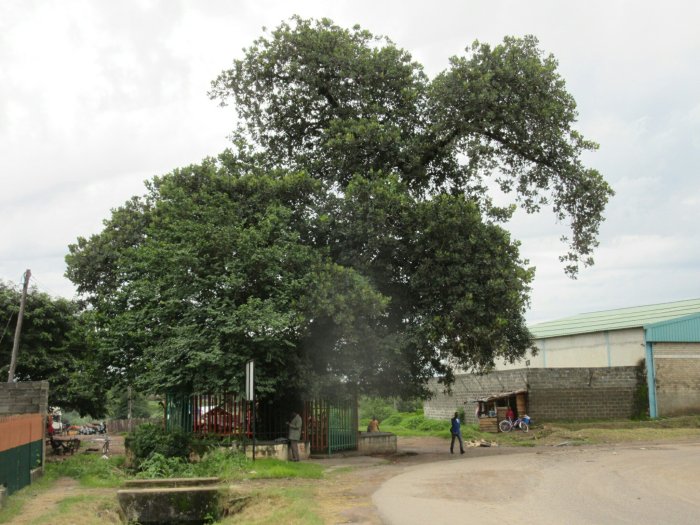
I had two nights and a whole day to spend in Ndola seeing the sights. The first of these was the Slave Tree. The Slave Tree is a mupapa tree under which, apparently, Swahili slave traders held councils of war and held meetings concerning their slave trading. The slaves from this area were apparently sold to traders in modern-day Angola. The Slave Tree these days is in a sort of out of the way corner of central Ndola but still has commerce going on around and under it, but of a far more palatable nature (carpentry, specifically). Ndola is actually the oldest of the officially incorporated Colonial-era towns in Zambia, having been “founded” in 1904 but was obviously a commercial and trading center from long before then.

As I have mentioned before, slavery and the slave trade is perhaps the major driving force of much of the history of the past few centuries in this area, and it is important to think about how that shapes the current landscape. The commemorate this history the Slave Tree has a plaque noting that history.
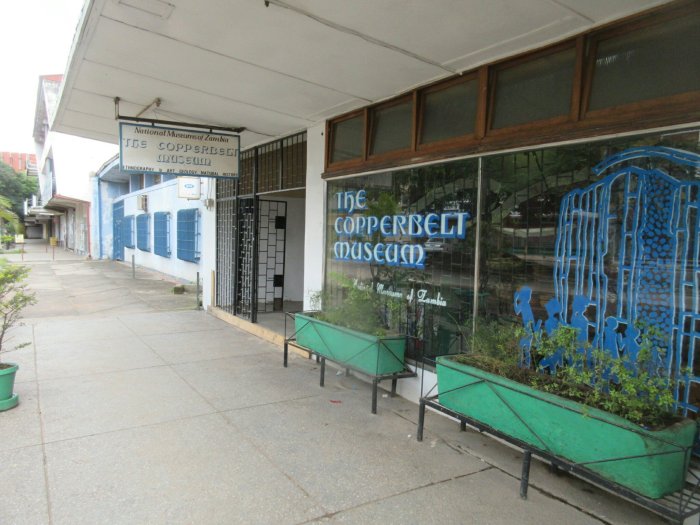
With the Slave Tree visited, my next stop was what had actually brought me to Ndola, The Copperbelt Museum. The national museums in Zambia are the Livingstone, Lusaka, Choma, Moto Moto, Nayuma, and Copperbelt Museum. I had been to the others (except Nayuma, which is out in Western) so to be completionist I wanted to go to this one. It took me a bit to find it even though it is right where the map says it is; it’s in a regular-looking building tucked between two other shops on the street. I showed up when it opened at 0900 and had the place to myself.
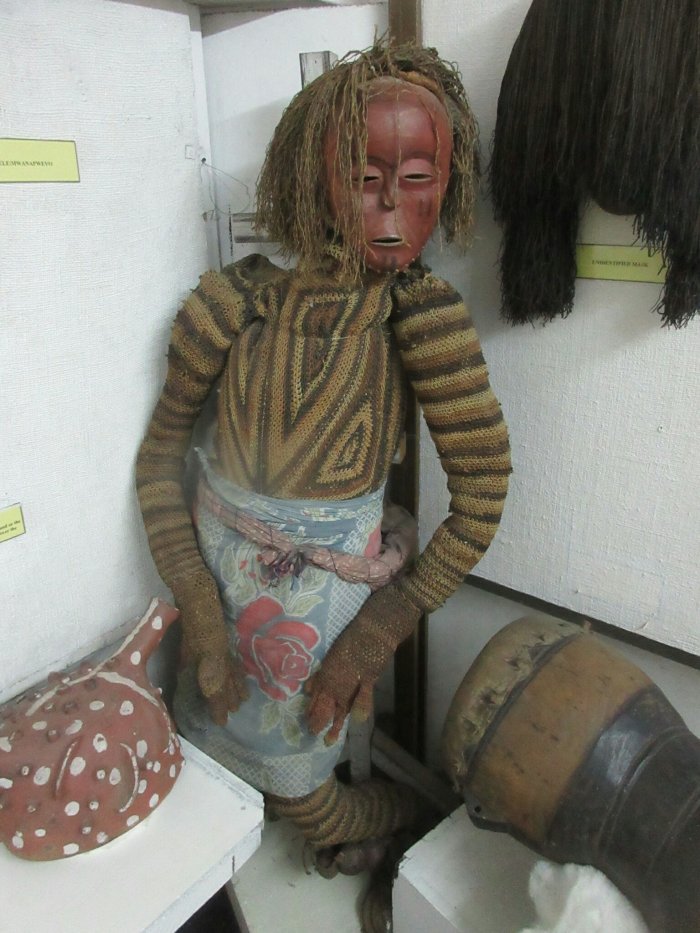
Ceremonial dress worn by a Likishi dancer from Northwestern Province.
The museum is pretty small. I was expecting to spend a few hours in there but ran through it in 30 minutes; then again, as discussed, I am a pretty experienced Zambian museum-goer. It has two galleries, including an ethnographic exhibit and a geography exhibit. The geography exhibit is about showing off the natural resources of the copperbelt region. It discusses the mining and smelting of copper, from traditional methods to modern-day. It also shows off the gemstones and other minerals found in Zambia. As the DRC is well aware, this area is one of the richest in mineral resources.
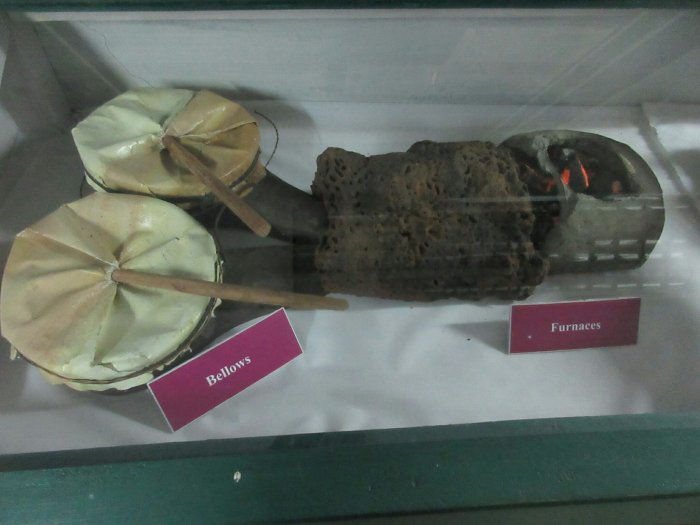
Forge for working with iron and copper.
The ethnographic exhibit was pretty excellent even if it was small, with a wide range of artifacts and some interesting stuff on witchcraft. It also had a very small side gallery with stuffed birds from the area, and a butterfly exhibit that has seen better days. The artifacts are mounted right on the wall instead of behind glass cases, which I guess isn’t great for the artifacts but really let me get a close look. I always like to mentally prepare for a hypothetical where I am deposited on a deserted island or something and have to re-create civilization, and it’s good to know how to make a bubble pipe for tobacco, you know?
Please join me next week for the creatively titled Ndola Part II!
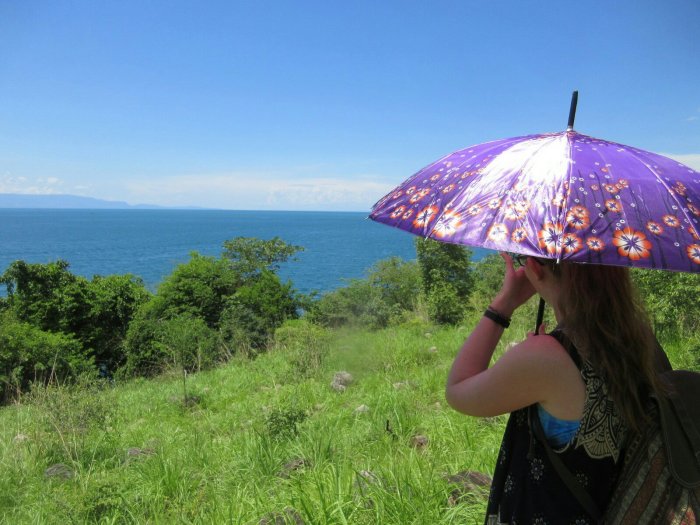


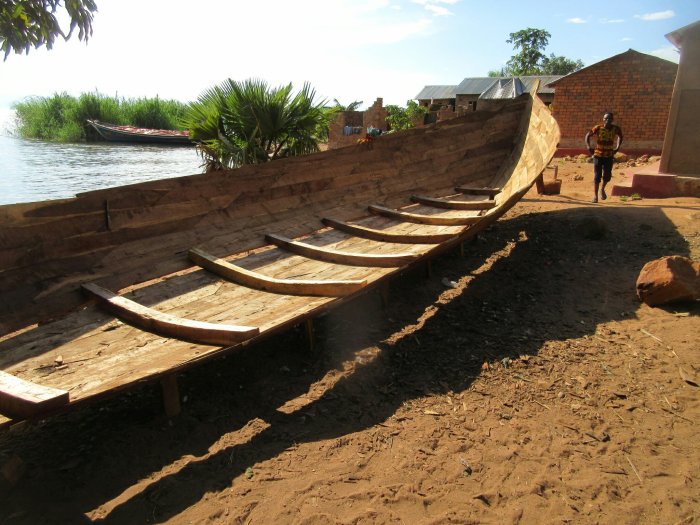








You must be logged in to post a comment.